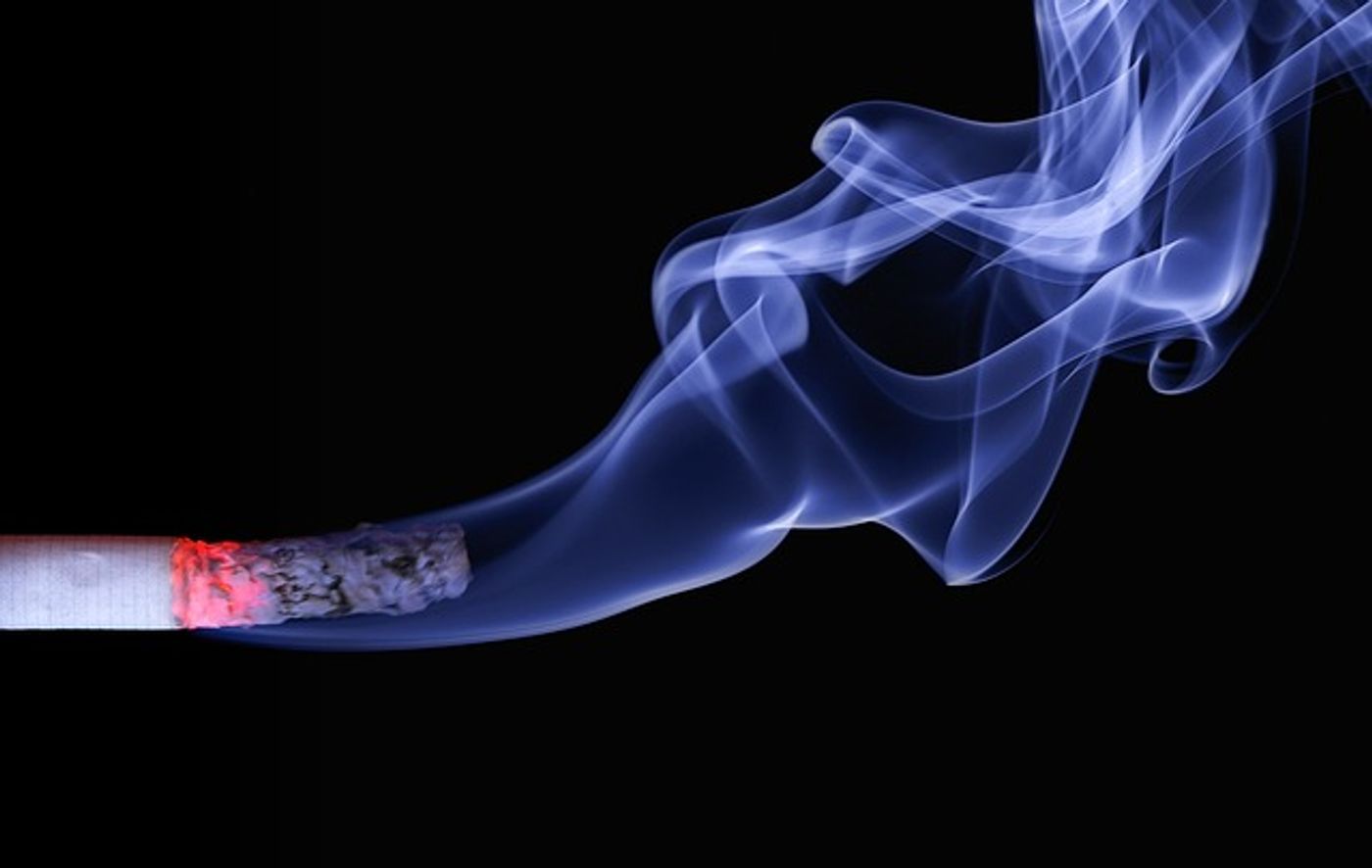Quitting Smoking After Cancer Diagnosis Reduces Risk of Cardiovascular Events
Recent advances in cancer diagnosis, treatment, and management have resulted in a growing number of cancer survivors. Researchers constantly strive to understand new ways to support cancer survivors and help them lead a healthy and happy life post-treatment. This has led to our understanding that cancer survivors have different healthcare needs than their counterparts with no history of cancer.
One concern facing cancer survivors involves cardiovascular disease (CVD), a general term including conditions that inflict the heart or blood vessels. Many cancer survivors face a higher risk of dying from cardiovascular disease (CVD) than from cancer itself.
Despite the well-known adverse effects of tobacco use associated with both cancer and CVD, about 20% of cancer survivors continue smoking after diagnosis. How smoking cessation impacts CVD risk after cancer diagnosis remains poorly understood. To address this, a team of researchers recently published their study investigating the cardiovascular consequences of quitting smoking after a cancer diagnosis in the European Heart Journal.
The researchers obtained data from the Korean National Health Insurance Service on 1,246,958 adults diagnosed with cancer between 2006 – 2013. About 850,000 individuals achieved three-year survival, and about 320,000 survivors received health exams within the two years prior and three years after cancer diagnosis. The researchers identified a final cohort of 309,095 cancer survivors (average age 59 years) without a history of CVD.
The researchers assessed smoking habits using a self-reported questionnaire during the health exams and divided the patients into four groups:
- “Sustained non-smokers” (non-smoker before and after diagnosis)
- “Quitters” (smoker before diagnosis and non-smoker after diagnosis)
- “Initiators/relapsers” (non-smoker before diagnosis and smoker after diagnosis)
- “Continuing smoking” (smoker before and after diagnosis)
On average, pre-diagnosis health exams occurred six months before and two years after diagnosis.
The cohort included 80.9% sustained non-smokers, 10.1% quitters, 1.5% imitators/relapsers, and 7.5% continuing smokers. Interestingly, changes in smoking habits varied among cancer types. Proportions of initiators/relapsers and continuing smokers were highest among urinary tract, male genital organ, and gastrointestinal (including pancreas) cancer survivors. On the other hand, the lowest proportions of initiators/relapsers and continuing smokers were seen among breast, female genital organ, endocrine, and lung cancer survivors.
The researchers identified 10,255 CVD events that occurred post-diagnosis. CVD events most commonly occurred in continuing smokers and least commonly in sustained non-smokers. Notably, CVD events occurred less often in quitters than continuing smokers or initiators/relapsers.
These findings indicate that quitting smoking post-cancer diagnosis can reduce the risk of experiencing a CVD event. Identifying cancer-type variability in smoking habit changes after cancer diagnosis also suggests a need to develop different educational strategies for smoking cessation based on cancer. Further, since over 40% of smokers on the study continued smoking after diagnosis, the authors suggest the need for extra efforts to encourage newly diagnosed cancer patients to quit smoking.
Sources: Eur Heart J (Sturgeon), CA, Nicotine Tobacco Res, Eur Heart J (Lee)









